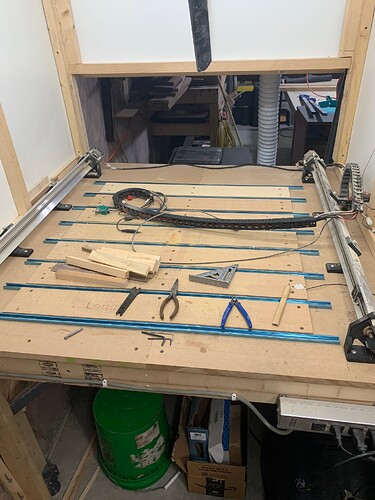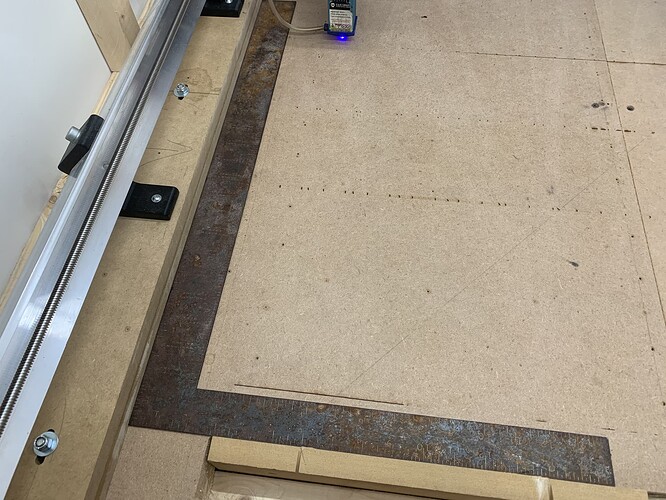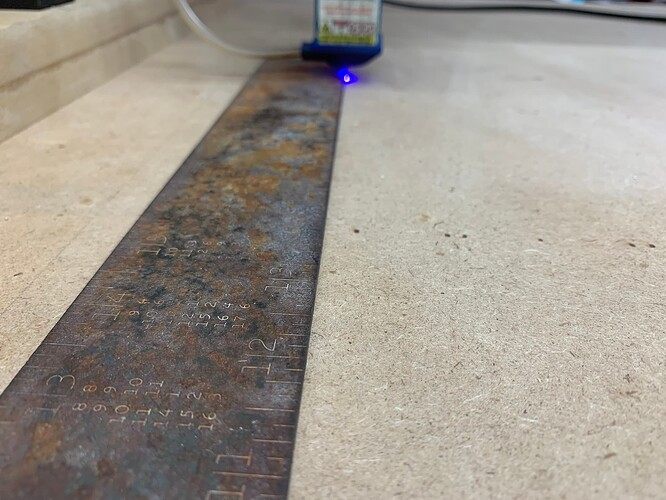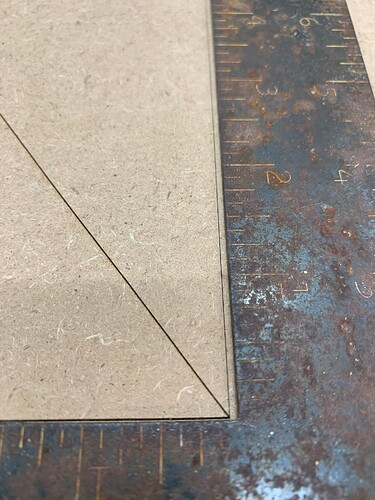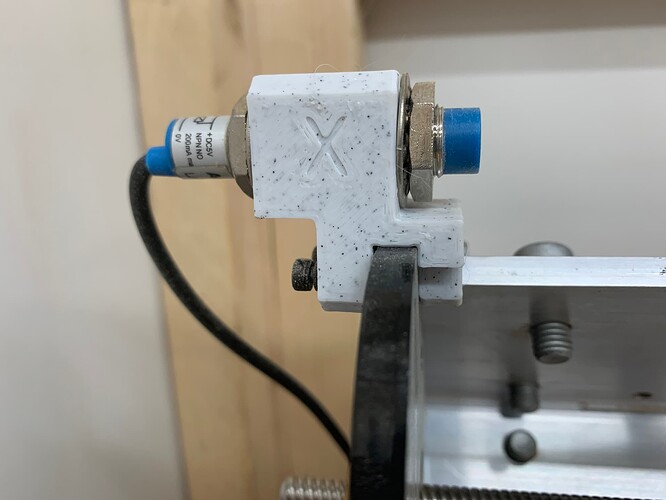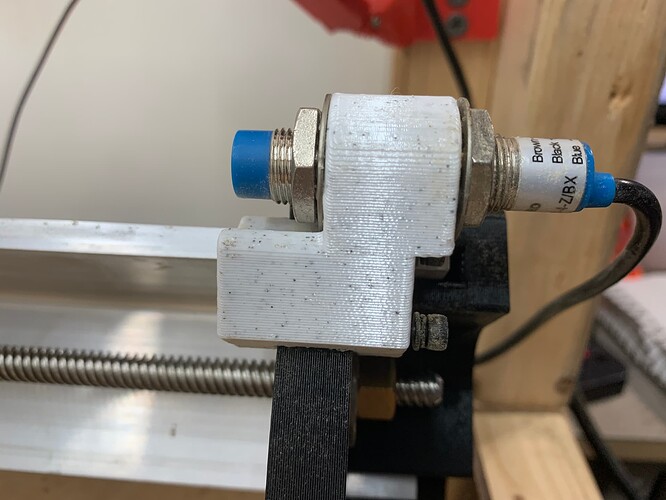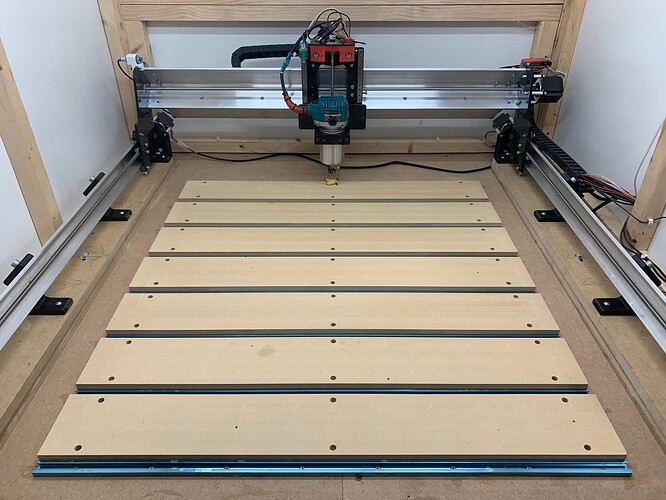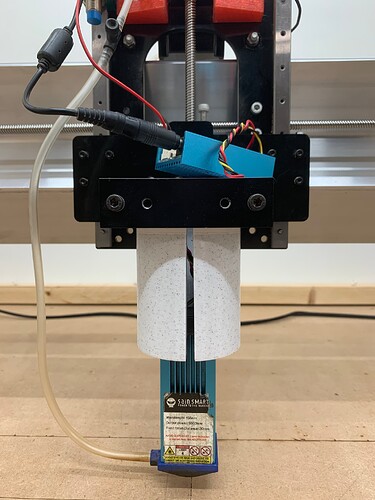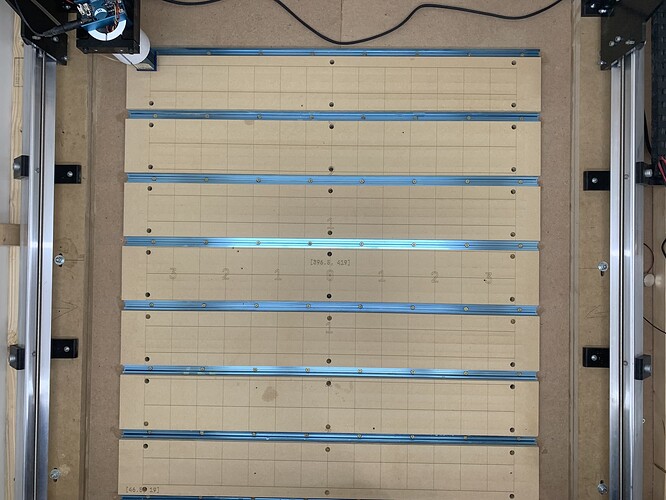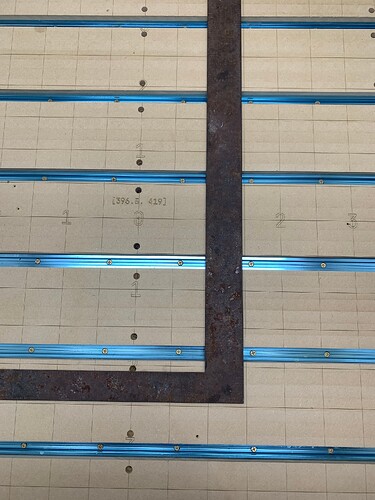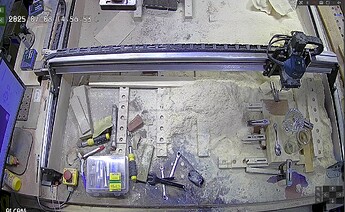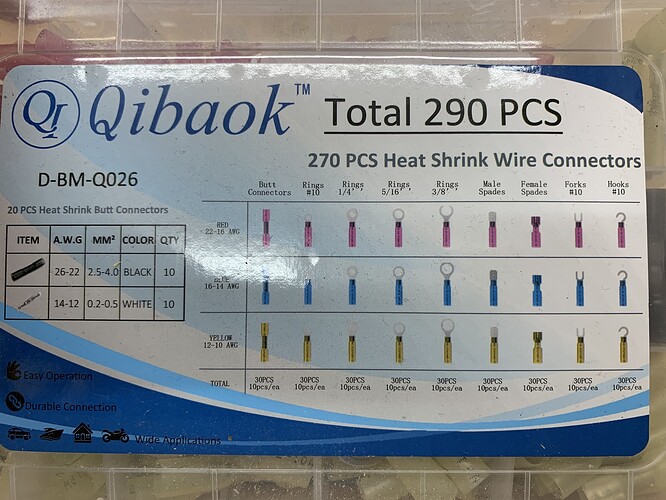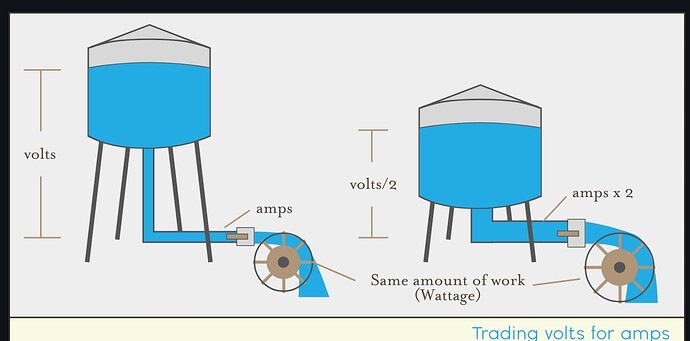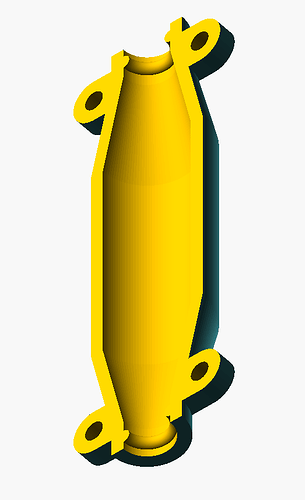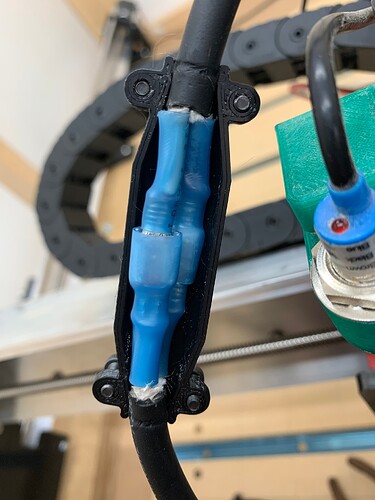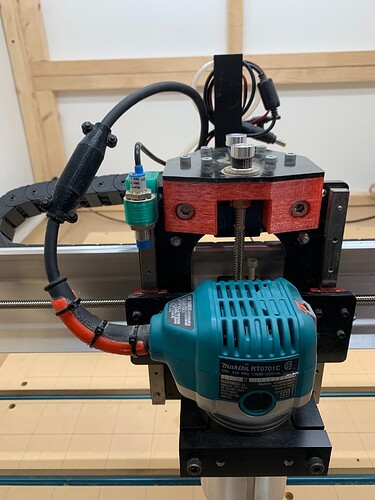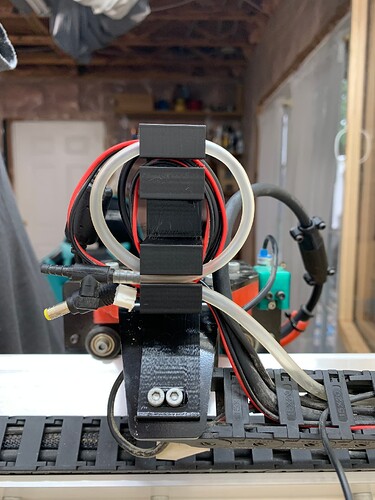Warning
This is going to be a long post. Better take care of any pressing issues and come back with your favorite beverage. Go ahead, I’ll wait…
Preface
I recently ordered a SLB for my LongMill Mk1 30x30 and I thought that it would be a good time to do some maintenance and various other things I’ve been putting off. Here’s the list of things I had planned.
- Install the SLB.
- Remount the LongMill on MDF strips to raise it and make squaring easier.
- Redesign the inductive sensor mounts to gain a little more machine travel.
- Make a new spoil board, possibly with a different clamping system.
- Inspect the machine for any problems while I had improved access to various parts.
Super Long Board
Starting with the SLB and what can I say? It’s plug and play, easy peasy. After installation I restored the defaults for my machine and then changed the things specific to my build. I needed to flip the X axis because I mounted the motor on the right, turn on sensors, etc.
Disassembly
I decided the easiest way to break the mill down was to unplug or dismount the electronics, remove the bolts to the two anti-backlash nuts for the Y axis as well as the lower V-wheels. I set the eccentric bolts to their loosest position before removing the lower wheels. I was then able to carry away the X axis.
After that I just needed to disconnect the drag chain and remove the Y axes but first I marked my table with the locations of the corner feet.
Lift Kit
In the four years I’ve owned my LongMill I’ve learned a trick or two, mostly from the folks on this forum, thank you very much! Since the first time I saw it done I thought that mounting the mill on MDF strips with slots and then bolting it to the table was the way to go. Of course this was shortly after mounting my mill and it seemed like a lot of work when I was already under a millimeter according to gSender and my measuring skill.
I figured that if raising the mill by one strip of MDF was good, then raising by two would be even better! I had my router mount in the top position and if I moved it down it would compensate for the added thickness. But maybe the people that do this method already use the lower position? Oh well, full speed ahead! I glued up some MDF and mounted the rails using some clamps to line up the feet on the inside edge. Oh, yeah, I had cut the strips and milled the slots before taking the LongMill apart. Whew! That was a close one. I also remembered to drill the holes for the bolts in my table before the rails were in the way. Dang! I’m good!
Squaring
With an existing hole that I need to line up with, gSender’s squaring tool wasn’t going to be of much use. If it said to move one rail 2mm, would I need to move one by 1.5 and the other by 0.5 to end up square to the slot? I guess I’ll do it like a caveman spaceman hybrid, with a square and a laser!
Using the square I assembled the mill and left the bolts loose. I clamped a piece of MDF in the vertical mount to square against.
I then kept running the laser up and down the Y axis making numerous small adjustments to the left rail. When I was satisfied I tightened up the bolts on the left and then fired up the laser to double check. By the way, I always wear my laser glasses and I have opaque ‘curtains’ that I pull to protect anyone passing by from eye damage.
After that I repeated the procedure for the X axis moving the right rail back or forward as needed. I then lightly fastened the front bolt, jogged to the rear and tightened that one and so on to get the width right.
Then I burned a square with the laser to check. It’s square enough for me!
Inductive Sensor Mounts
I think I lost 10-15mm of width with Sienci’s mounts for the Mk1. A little less on the Y. With my largest project so far not coming anywhere near close to the maximum dimensions of my mill it’s imperative that I regain as much of that space as possible!
The Z mount was fine and there wasn’t any travel to be gained there. I ended up with [793, 838, 104] for my travel limits.
Spoil Board
My spoil board lasted almost four years but was getting a bit on the thin side for my taste. Watch the same video that I did if you want to learn how to make your spoil board last.
I ended up going with the same T-track design that I had for my spoil board. I couldn’t come up with a reason to change it.
OMG! What have I done? I can barely reach my spoil board! Is this my demise? Okay, I settled down after awhile, that was the whole point wasn’t it? It’s much easier to raise my work than the mill if needed. It’s not a problem until it’s a problem.
I have a DIY cyclone thingy on my vacuum that I reviewed here. Okay it’s more like a link to a video than a review. Before I surfaced I cleaned out the bucket to show how well it does on fine MDF dust.
Looks like a tornado hit a sand dune in there!
Seems like it catches quite a bit. I should have emptied the vacuum bag so I had some sort of percentage. Dang! I’m not THAT good!
Laser Grid
I like a nice grid on my spoil board so that I can quickly get things aligned. I had to make a new mount to reach from way up here. I had made a small dot with a V bit in the center of the board so I had a mark to align the laser.
It sure is nice to have that router out of the way for this bit.
It’s good enough for the work I do! The bracketed numbers are the machine coordinates for getting to the lower left or center of the grid.
Wrap Up
Along the way I discovered some worn anti-backlash nuts. There is a shorter novel about that over here. I also discovered that my linear bearings on the Z could have been better lubricated. When I had the router mount off to move it to the lower position they were free. I lubed them until they fell to the bottom by their own weight. I need to remember to lube them a bit more often.
If your still awake, thanks for reading my book! I think my LongMill is ready for another four years! I should probably go and make something already…
